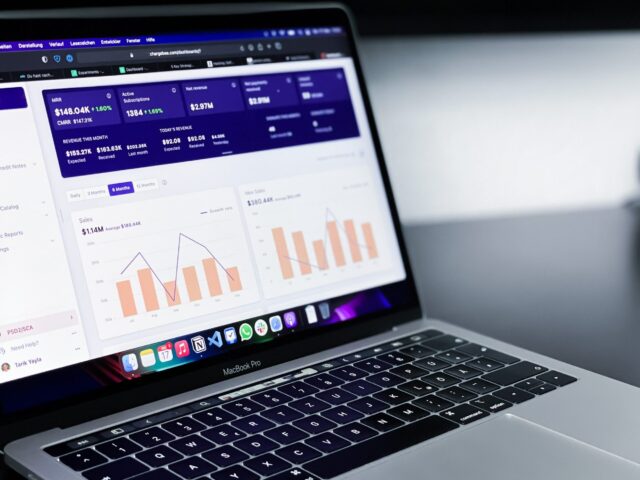As global trade policy continues to shift, tariffs have become a central variable in demand and revenue forecasting across the manufacturing sector. The financial impact of these changes (on margins, pricing strategy, and customer demand) is no longer theoretical. It is measurable, material, and increasingly urgent.
In response, CFOs and financial planning teams are making tariff demand planning a top priority.
This reflects a broader change in forecasting strategy: a shift from static, historic models to more dynamic, scenario-driven approaches that quantify the impact of macroeconomic variables (especially tariffs) on future revenue and new business pipeline.
The Demand Forecasting Challenge Under Tariff Pressure
Traditional demand planning models in manufacturing were designed for relative economic stability. Today, they are proving insufficient in the face of ongoing tariff volatility. The structure and assumptions behind legacy forecasting models are misaligned with the modern commercial environment, where:
- Input costs can shift dramatically with a single trade decision
- Pricing power is diminished by downstream margin compression
- Customer demand is increasingly sensitive to price elasticity driven by tariff exposure
- The ability to retain and grow existing contracts and close new business may be at risk
The result is growing uncertainty in the ability to plan production, allocate resources, and meet revenue targets. As tariffs continue to fluctuate, finance leaders are under pressure to answer a fundamental question: What will this policy change do to demand for our products, and when will that impact be felt?
Tariff impact analysis requires more Dynamic Forecasting capabilities for quicker response time to changing strategies.

Quantifiable Tariff Impact Modeling
Across the industry, CFOs are commissioning in-depth tariff impact studies to understand how new or anticipated trade policies affect revenue potential. These efforts mirror the shift toward usage-based pricing seen in recent years: a structural transformation in how finance functions operate, not a one-time adjustment.
Manufacturers are responding by building new capabilities to:
- Model tariff exposure across product lines and customer segments
- Translate changes in costs into expected changes in demand
- Forecast margin erosion scenarios based on pass-through pricing strategies
- Align new business pipeline forecasts with external economic triggers
Dynamic Forecasting as the Foundation for Tariff Demand Planning
revVana enables manufacturers to build dynamic, tariff-informed forecasting models directly within Salesforce, models that adjust in real time as new data becomes available. These forecasting capabilities are specifically designed to address the challenges manufacturing organizations face today:
- Volatile costs affecting the pricing
- Change in B2B consumption from cost and pricing fluctuations
- How tariffs will affect the conversion of your new business pipeline to revenue
- Price-sensitive customer behavior’s effect on existing contracts and agreements
By integrating tariff data and pricing logic into the forecasting process, revVana provides a framework to quantify and manage the impact of economic shifts on demand, particularly for new business pipeline and existing recurring revenue, where volatility is most acute.
Plan with Precision in a Tariff-Driven Economy
Tariff volatility is no longer a background risk, it is a defining feature of the global manufacturing landscape. As CFOs elevate tariff demand planning to a strategic priority, forecasting must evolve accordingly.
To learn how revVana can help your organization build dynamic forecasting capabilities that quantify tariff impact and improve demand visibility, book a call with our team.






